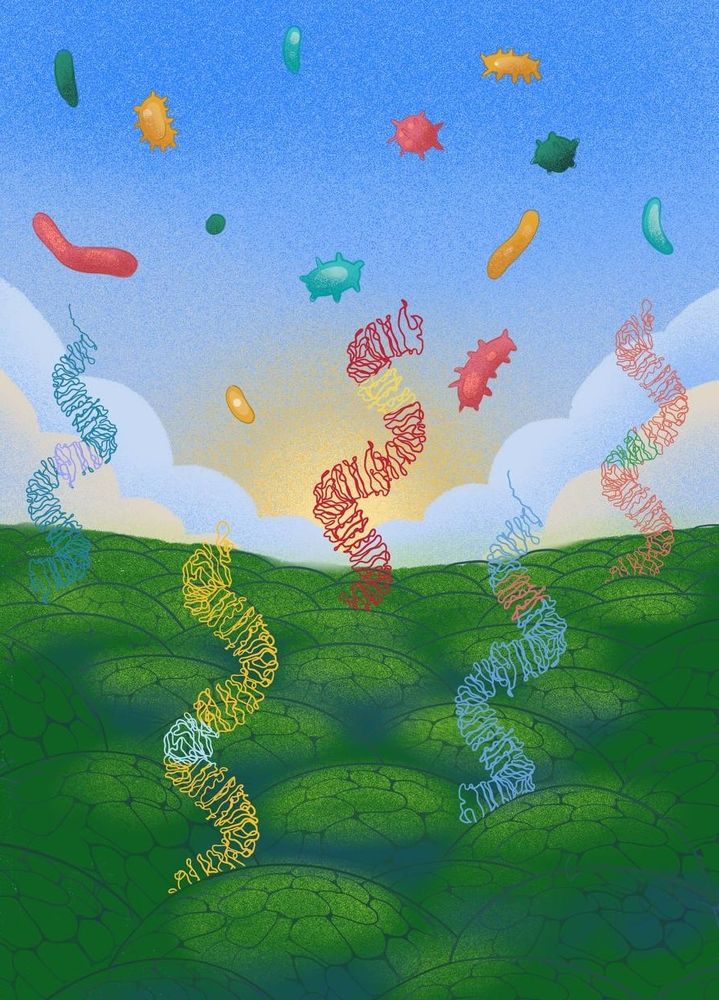Posts
Media
Videos
Starter Packs
Bruno Ngou
@brunongou.bsky.social
· Sep 8
Bruno Ngou
@brunongou.bsky.social
· Sep 5
Bruno Ngou
@brunongou.bsky.social
· Sep 5
Bruno Ngou
@brunongou.bsky.social
· Sep 5
Bruno Ngou
@brunongou.bsky.social
· Sep 4
Bruno Ngou
@brunongou.bsky.social
· Sep 4
Bruno Ngou
@brunongou.bsky.social
· Mar 18

Systematic Discovery and Design of Synthetic Immune Receptors in Plants
Plants deploy a diverse array of pattern recognition receptors (PRRs) that perceive microbe-associated molecular patterns (MAMPs) to activate immune responses. Leucine-rich repeat receptor-like kinase...
www.biorxiv.org
Bruno Ngou
@brunongou.bsky.social
· Sep 4

Systematic discovery and engineering of synthetic immune receptors in plants
Plants deploy a diverse array of pattern recognition receptors (PRRs), which perceive microbe-associated molecular patterns to activate immune responses. Leucine-rich repeat receptor-like kinase subgr...
www.science.org
Bruno Ngou
@brunongou.bsky.social
· Mar 18
Bruno Ngou
@brunongou.bsky.social
· Mar 18















